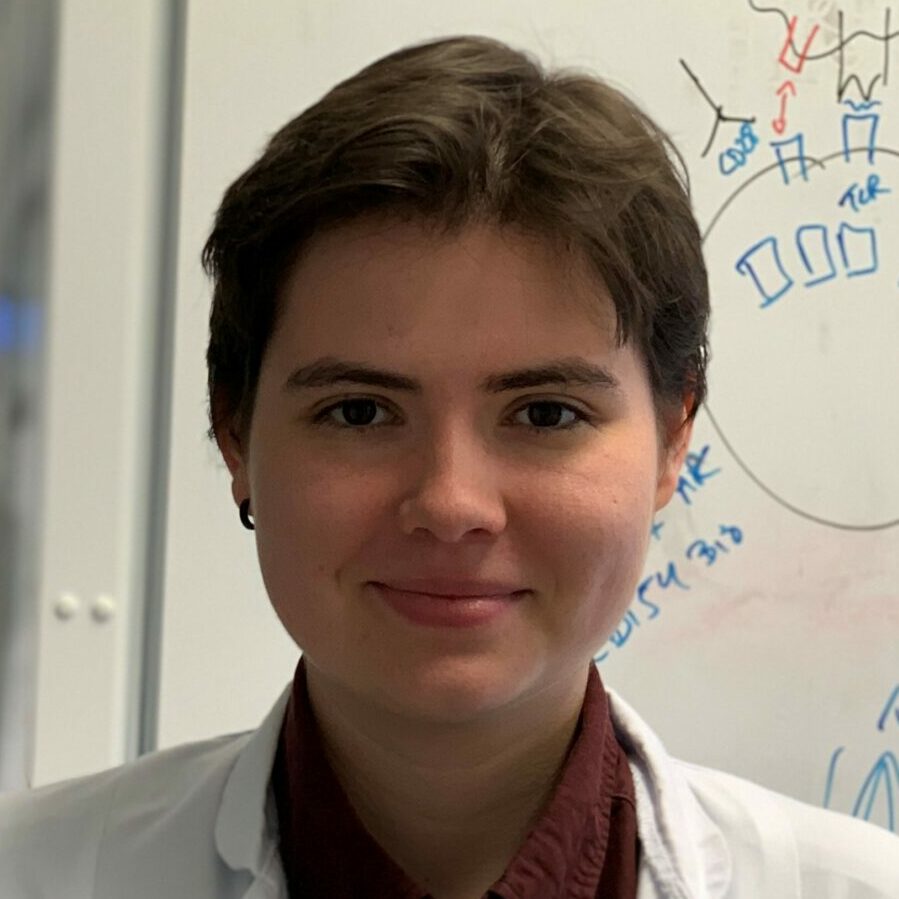Role of Oncostatin M in acute pulmonary inflammation
Scientific interest within the context of the graduate college:
The mammalian gastrointestinal tract contains the largest number of immune cells and harbors a large and diverse population of commensal bacteria that exist in a symbiotic relationship with the host.1,2 The gut-resident immune cells are separated from our microbial residents by a single layer of intestinal epithelial cells (IEC). The dynamic cross-talk between IEC, the intestinal microbiota, and local immune cells represents a cornerstone of intestinal homeostasis.3,4 The balance between the various immune cell populations and tonic cytokine signals play an important role in determining thresholds of tolerance and immunity in the intestine.
Project description:
We recently highlighted the relevance of Oncostatin M (OSM) in intestinal inflammation.5 OSM is a pleiotropic cytokine belonging to the interleukin 6 (IL-6) family, which influences numerous homoeostatic and pathological processes in various organs, yet its biology remains obscure.6,7 OSM receptor (OSMR) is widely expressed at both tissue (vascular system, heart, lung, adipose tissue, skin, bladder, mammary tissue, adrenal gland, and prostate) and cellular levels (endothelial, smooth muscle, fibroblast, and lung epithelial cells). In contrast, OSM is expressed in multiple hematopoietic cell types including activated monocytes/macrophages, neutrophils, dendritic cells, and T cells. We showed recently that OSMR is widely expressed by stromal and endothelial cells in the intestine; however, the role of OSM in the maintenance of intestinal homeostasis remains unknown. We hypothesize that microbiota-derived local cues induce constitutive OSM expression by gut-resident immune cells to promote intestinal homeostasis by acting on both stromal and endothelial cell compartments. This project will exploit new reporter mouse lines generated in Hegazy lab (OsmriScarlet, OsmZsgreen), gnotobiotic mice, and primary human tissue samples to explore the signals regulating OSM expression in the gut and how OSM functions as a potential tissue rheostat. The project will utilize different cellular and molecular biology techniques, including magnetic cell isolation, flow cytometry, gene expression analysis, RNA sequencing, and histology.
The following specific objectives will be addressed in this project:
- Characterize the influence of intestinal microbiota on the regulation of OSM pathway
- Identify the down-stream sensing pathways regulating OSM-OSMR axis in gut-resident immune cells
- Assess the relevance of the OSM-OSMR pathway in promoting intestinal homeostasis
References
- Belkaid Y, Hand TW. Role of the Microbiota in Immunity and Inflammation. Cell. 2014; 157:121-141. doi: 10.1016/j.cell.2014.03.011.
- Macpherson AJ, Slack E, Geuking MB, McCoy KD. The mucosal firewalls against commensal intestinal microbes. Semin Immunopathol. 2009; 31:145-149. doi: 10.1007/s00281-009-0174-3.
- Hooper LV, Littman DR, Macpherson AJ. Interactions Between the Microbiota and the Immune System. Science 2012; 336:1268-1273. doi: 10.1126/science.1223490.
- Peterson LW, Artis D. Intestinal epithelial cells: regulators of barrier function and immune homeostasis. Nat Rev Immunol. 2014; 14:141-153. doi: 10.1038/nri3608.
- West NR, Hegazy AN, Owens BMJ, […], Keshav S, Travis SPL, Powrie F. Oncostatin M drives intestinal inflammation and predicts response to tumor necrosis factor-neutralizing therapy in patients with inflammatory bowel disease. Nat Med. 2017; 23:579-589. doi: 10.1038/nm.4307.
- Richards CD. The Enigmatic Cytokine Oncostatin M and Roles in Disease. ISRN Inflamm. 2013; 2013:512103. doi: 10.1155/2013/512103.
- West NR, Owens BMJ, Hegazy AN. The oncostatin M-stromal cell axis in health and disease. Scand J Immunol. 2018; 88(3):e12694. doi: 10.1111/sji.12694.

